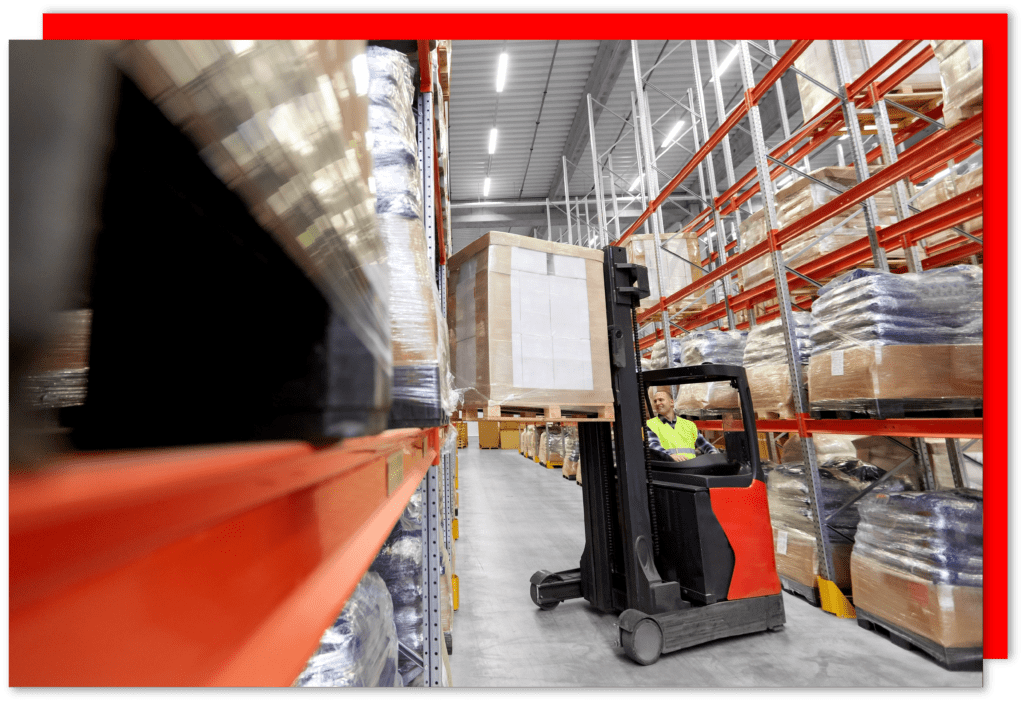Research carried out by LeasePlan UK, has revealed some concerning information regarding the safety status of UK-based fleets.
The survey, which questioned 500 fleet decision-makers from UK companies, revealed that a third (33%) of the questioned fleets have no company vehicle policy in place, despite it being a legal requirement. It also revealed that less than half (41%) of fleet decision-makers always act on potential issues of fleet performance.
What do you need to do by law?
Health and safety law requires employers and the self-employed to ensure, so far as is reasonably practicable, the health, safety and welfare of all employees, while they are at work. Employers also have a responsibility to ensure that others are not put at risk by the work activities of their employees.
The Management of Health and Safety at Work Regulations 1999 require every employer to carry out an assessment of the risks to the health and safety of their employees while they are at work, and to other people who may be affected by their work activities. This includes any driving activity on the road.
There are also many business benefits in managing work-related road safety, no matter how large or small your business is. For example:
- Fewer days lost due to injury
- Fewer vehicles off the road for repair
- Fewer missed orders
- Reduced need for investigation and follow up
Below is some advice from the HSE
Drivers should be:
- Competent and capable of doing their work in a way that is safe for them and others
- Properly trained
- Sufficiently fit and healthy to drive safely and not put themselves and others at risk
- Provided with information that will help them reduce risk (eg recommended tyre pressures)
- Provided with appropriate advice on driving posture
Vehicles should be:
- Fit for the purpose for which they are used
- Maintained in a safe condition and fit for the road
Journey planning should:
- Take account of appropriate routes
- Incorporate realistic work schedules
- Not put drivers at risk from fatigue
- Take sufficient account of adverse weather conditions
Employers are encouraged to seek the views of their employees, or their representatives, as they will have first-hand experience of what happens in practice.
How can AssessNET help you manage your fleet risk?
Our risk assessment module can help you to identify risk within any business process or activity, including those presented by driving. The system enables you to create and schedule bespoke risk assessments and manage remedial actions to ensure compliance is maintained and workers are kept safe.












